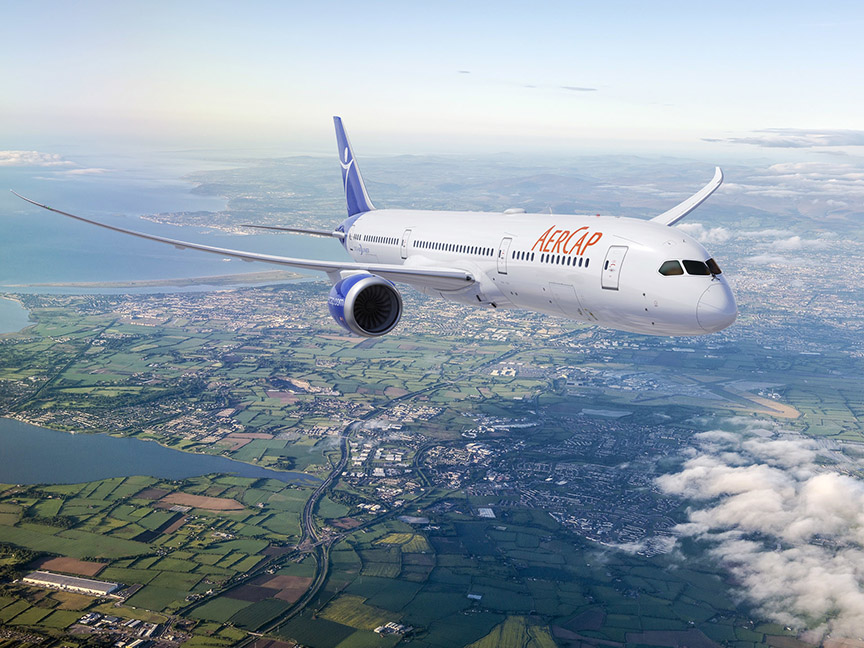AerCap, World’s Largest 787 Customer, Adds Five Boeing 787 Dreamliners to Its Fleet
- Since 2020, airlines have opened 50 new routes with the highly fuel-efficient 787AerCap among 47 customers with multiple 787 orders
FARNBOROUGH. Boeing and AerCap Holdings N.V. (“AerCap”) on July 19 announced that the global lessor is growing its substantial 787 Dreamliner portfolio with an order for five additional 787-9 jets.

“AerCap is the world’s largest 787 customer and we are very pleased to strengthen that position with this order for five additional aircraft,” said Peter Anderson, Chief Commercial Officer of AerCap. “This transaction is in line with our portfolio strategy of investing in the most in-demand new technology assets and will help us continue to support our airline customers meet their sustainability commitments.”
AerCap now has 125 787 Dreamliners in its portfolio or on order. The world’s largest 787 customer, AerCap continues to invest in the 787 family, which has received more than 700 repeat orders from 47 customers across the globe. The 787 has been the most-utilized widebody throughout the pandemic due to its efficiency, capacity and capability.
Boeing designed the 787 family with superior efficiency, which allows airlines to profitably open new routes to fly people directly where they’d like to go in exceptional comfort.
“AerCap oversees a world-class leasing portfolio, epitomized by the most utilized widebody in the industry, the 787 Dreamliner,” said Ihssane Mounir, Boeing Senior Vice President of Commercial Sales and Marketing. “With its unparalleled fuel efficiency and passenger appeal, the 787 Dreamliner family is playing a major role in sustaining, reopening and pioneering new routes in the long-haul travel market.”
Since revenue service began in 2011, the 787 family has launched more than 325 new nonstop routes around the world, including 50 routes opened since 2020. The 787-9 can fly 296 passengers up to 7,565 nautical miles (14,010 km) in a typical two-class configuration.





